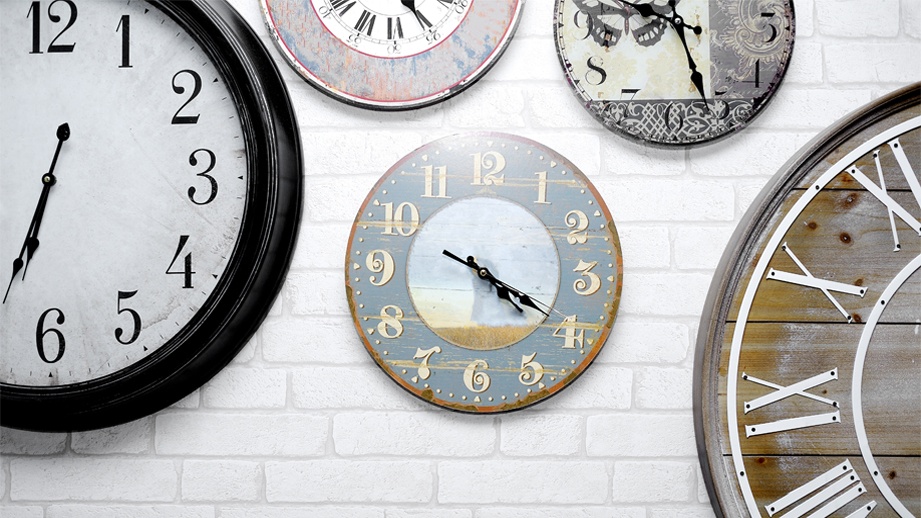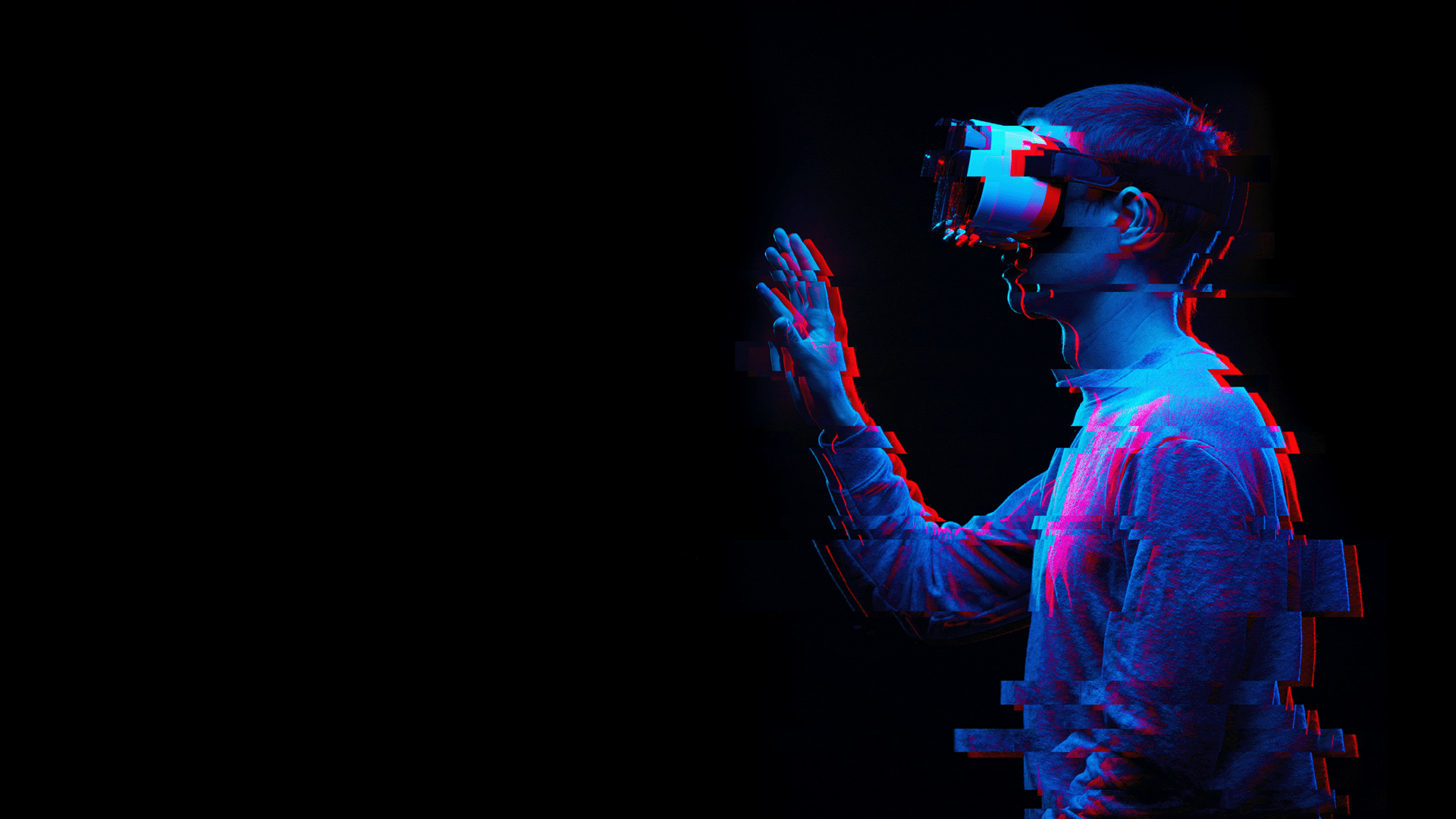Nudgetech: The Silent Force Behind High-Performing Leaders
In every business, performance is shaped by the little things that all add up. Not just the big strategic decisions, but the everyday actions: checking in with a teammate, fixing a process before it breaks, following up on that one task that keeps slipping through the cracks.
Yet, even the most well-intentioned teams struggle to keep up. Priorities shift, messages get lost, meetings run long, and the important things get missed.
Enter nudgetech: a subtle but powerful approach that helps businesses guide team behavior through timely, relevant prompts. It’s not about micromanagement. It’s not another notification overload. It’s about making it easier to do the right thing at the right time without even thinking about it.
In this blog, we’ll explore some of tools you can use to make your workflows more actionable than ever, helping teams stay focused, aligned, and on track to hit their goals.
What is nudgetech (and why should you care)?
Nudgetech is a term rooted in behavioral science, based on the idea of a “nudge” - a gentle prompt that influences decision-making without restricting choice.
In a business setting, nudgetech refers to systems and tools that guide people toward smarter actions through small, well-timed cues. Think of it as a digital tap on the shoulder that helps you focus, prioritize, or take action without being disruptive to your workflow.
You probably already use nudgetech without even realizing it in your day-to-day life. Ever get a ping on your fitness watch or app encouraging you to move? That’s nudgetech. Likewise, when tapping your card to pay for a coffee, your banking app might round up and save the spare change - that's nudgetech in action - the same behavioral science that’s transforming how businesses operate.
Why businesses need nudgetech
While these daily life examples show nudgetech's potential, workplace challenges make it even more critical. Here’s why:
- Data drowns out signals - What really matters can easily get lost in a dashboard or spreadsheet
- Alerts feel like noise - Critical prompts get ignored
- Habits don’t stick - Great processes fade under daily chaos and never ending to-do lists
These pain points manifest across every department:
- Marketing: A nudge to review campaign performance when engagement starts to dip can prompt timely changes that save budget.
- Finance: A prompt to investigate unusual spending patterns helps detect issues before the month-end crunch.
- Operations: Nudges around key metrics help managers intervene early when team KPIs start to slip.
- Sales: Reminders to follow up with leads can boost conversions without micromanagement.
This is where nudgetech becomes truly valuable. By embedding helpful prompts into tools your team uses, you can encourage better habits and more consistent action across every department. Here are a few examples of why business leaders use nudgetech and the tools they use:
- Work smarter - Microsoft To Do nudges you to complete overdue tasks before your next meeting
- Spot risks early - Hurree flags underperforming metrics and prompts corrective action before issues escalate
- Protect focus time – Google Calendar’s "Focus Time" auto-blocks distractions based on your schedule
- Celebrate wins - Slack’s Taco integration lets peers easily shout out achievements
- Collaborate seamlessly - Hurree keeps teams aligned by letting them troubleshoot performance gaps together in real time
- Master their inbox - Gmail’s "Follow-up" reminders highlight unanswered emails at the right time
- Reset bad habits - Apple Screen Time alerts you when you’ve spent too long on unproductive apps
Nudgetech doesn’t just make individuals more productive - it aligns entire teams around action, accountability, and progress.
While nudgetech can apply to many areas of business, it’s particularly powerful when connected to data, transforming passive analytics into active performance drivers. That’s where Hurree excels.
How Hurree embodies nudgetech
Hurree goes beyond traditional dashboard analytics by embedding intelligent nudges directly into your data experience. Instead of just showing metrics, Hurree helps teams understand what’s happening and subtly guides them toward what to do next. Here’s how Hurree’s nudgetech creates high-performing teams:
AI-powered intelligence
- Dashboard summaries: Hurree’s AI assistant, Riva, analyzes dashboards and generates plain-text insights, nudging users toward the most critical metrics.
- Early risk flags: Proactively surfaces underperforming data points, giving teams time to course-correct before issues escalate.
Collaboration built in
- Annotations & tags: Team members discuss data directly within dashboards, creating natural nudges for faster decisions.
- Contextual comments: @mentions and threaded conversations turn insights into action without switching across different tools.

Source: Gartner
Action-oriented alerts
- Notifications: Real-time alerts for specific thresholds. No more generic pings, just timely, actionable prompts.
- Automated snapshots: Scheduled data highlights keep stakeholders informed, even if they’re not dashboard-native.
Leader-led orchestration
- Productivity nudges: Gentle reminders to review key metrics or complete tasks, reducing micromanagement while maintaining accountability.
- PDF reports with annotations: Automated, annotated reports nudge busy leaders to stay engaged with minimal effort.
The result?
A team that self-corrects, collaborates proactively, and acts on data, not because they’re told to, but because the right prompts make it a natural reaction.
The cultural impact of nudgetech
While nudgetech has a great ability to drive measurable outcomes, its impact on team culture is just as significant. Nudges create a workplace environment that promotes consistency, accountability, and self-awareness - without the need for constant oversight. Rather than relying on top-down pressure or micromanagement, teams are gently encouraged to stay aligned, proactive, and focused. Over time, this builds a culture of ownership and psychological safety, where individuals feel empowered to act on insights, raise flags early, and continuously improve. When people are supported by the right prompts instead of overwhelmed by expectations, you get a more engaged team- not just better performance metrics.
Does your team need nudgetech?
Not sure if nudgetech is right for your team? Start by looking at the gaps between insight and action. If your team is spending hours in dashboards or reports but still missing key trends, it’s a sign that information isn’t translating into impact. Maybe targets are consistently missed, not because the team lacks talent, but because opportunities to course-correct are spotted too late. Or perhaps meetings often become post-mortems, surfacing problems that could’ve been addressed earlier with the right prompt at the right time. These are all signals that your team could benefit from a smarter, more proactive way of working and that’s exactly what nudgetech delivers.
So if you’re ready to move from data to action, and help your team hit their goals more consistently, Hurree is the tool for you.
Share this
You May Also Like
These Related Stories
.png)
What is Data Integration? Simplified

Why Intelligent Delivery is a Marketer's Lifesaver


